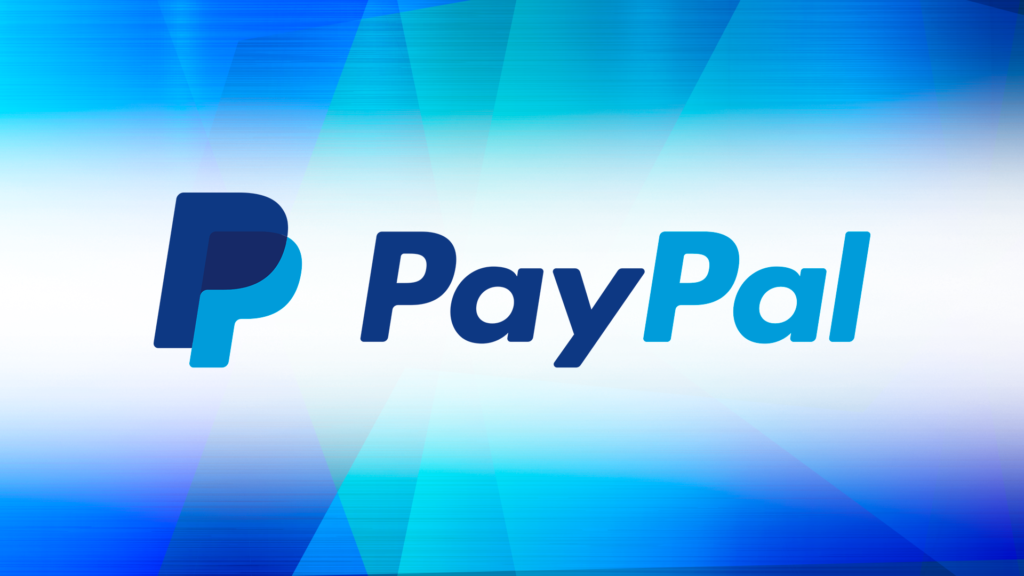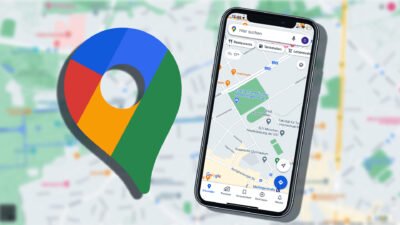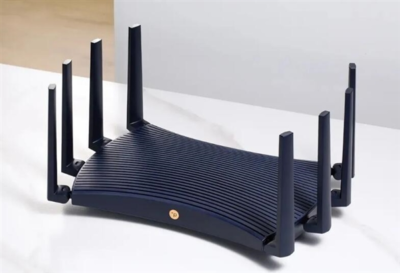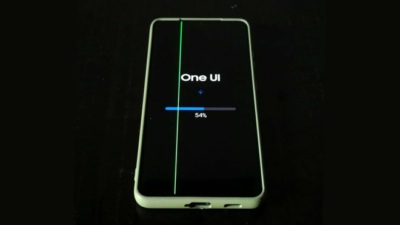PayPal To Introduce PassKeys For More Secure Payments

To this day, passwords are still a necessary evil in a way. Because they are the most important barrier to secure access to web services, but at the same time they are also a problem because many users still use weak passwords. PayPal knows that too.
For years and decades, security professionals have been preaching that passwords should be unique and strong (and best of all, use two-factor authentication). But people who don’t use a password manager simply don’t remember complicated combinations and thus become victims of hacks again and again – of course, that’s not the only reason, but weak passwords certainly don’t help.
The whole thing is particularly dangerous when it comes to money – as with PayPal. This is also the reason why the payment service provider has announced that it is preparing for a password-less future and wants to rely on the so-called passkeys.
In a press release, the payment service provider explains: “Passkeys is a new industry standard developed by the FIDO Alliance and the World Wide Web Consortium. They replace passwords with cryptographic key pairs and offer customers a simple and secure way to log into PayPal that is based on technology that is resistant to phishing and is designed in such a way that no passkey data is exchanged between platforms.”
Start in other countries: 2023
However, the new option is not yet being offered across the board. US iPhone, iPad, and Mac users are starting out on the PayPal website, and access to the Passkeys method is to be expanded over time. The company promises that once PayPal users create a passkey, they won’t have to remember their password, making it easier to check out.
According to PayPal, creating a passkey is easy: as soon as this is done on a suitable Apple device, it is synchronized with the iCloud keychain. After existing customers log into PayPal via a browser on desktop or mobile web using their existing PayPal credentials such as username and password, they are given the option to create a master key.
Authentication takes place later via Apple’s Face ID or Touch ID. If you log in using a device that is not yet supported, you will be offered a QR code that must be scanned with your smartphone.
Digital marketing enthusiast and industry professional in Digital technologies, Technology News, Mobile phones, software, gadgets with vast experience in the tech industry, I have a keen interest in technology, News breaking.











